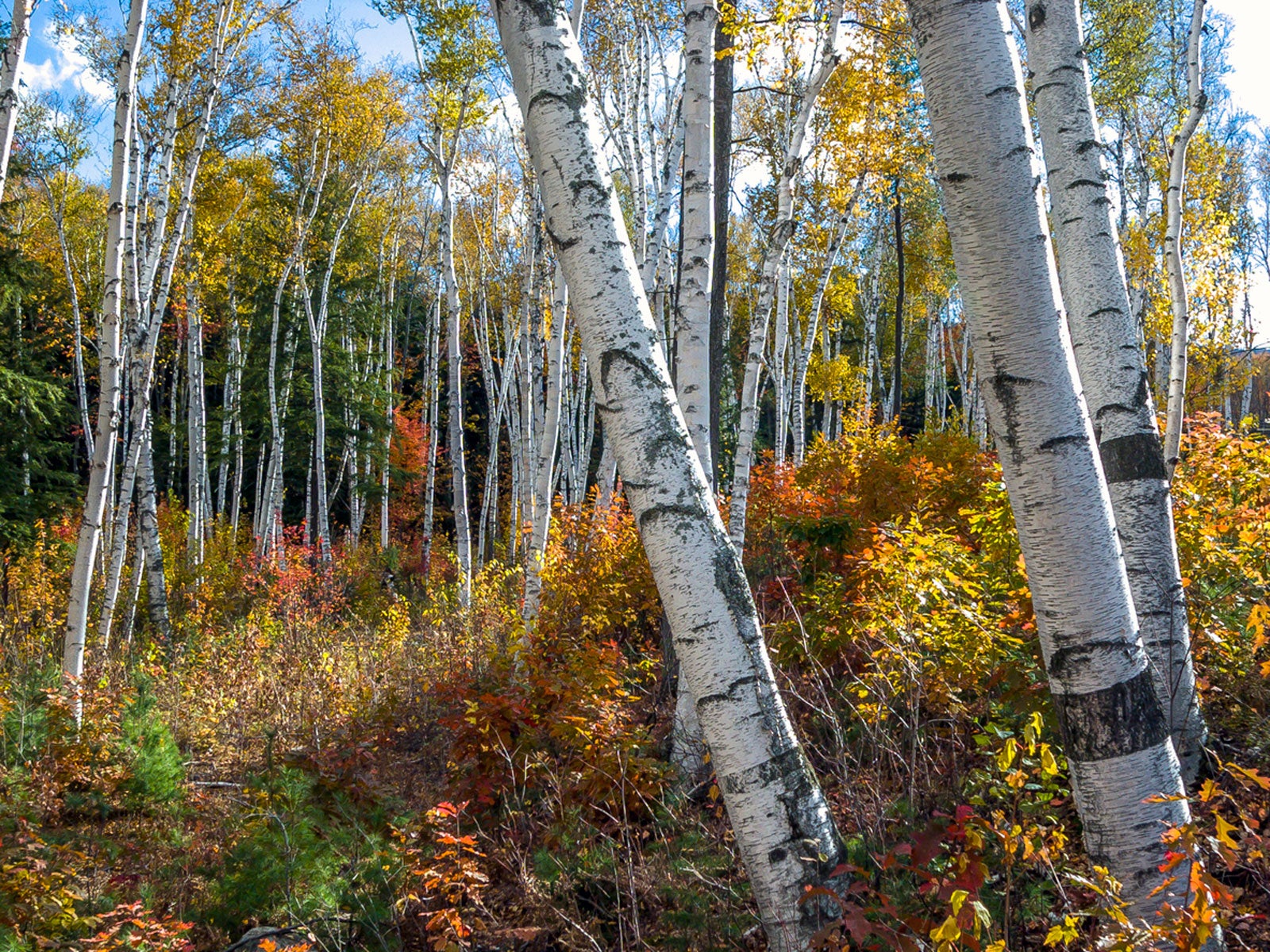West North Central Gardening: Choosing Native Plants For Northern Plains Gardens


Using native plants in West North Central states is a great idea for supporting local wildlife, lowering maintenance requirements in your yard, and enjoying the best the region has to offer. Understand your options and choose more native plants as you plan for the next season.
Why Go Native for West North Central Gardening?
There are many great reasons to use native plants in the landscape. These are the plants specifically adapted to your region, climate, and environment so they are more likely to grow well and be healthy than nonnative plants.
A native garden will require less of your time because you don’t need to adapt the environment to suit them. You will use fewer resources too, including water. If you enjoy nature and wildlife, a native garden will best support them and provide food and shelter for your local insects, birds, and mammals.
Native Plants for Northern Plains States
There are many attractive and varied plants native to Montana, Wyoming, and North and South Dakota. These plains and northern Rockies native plants range from trees and shrubs to grasses and flowers including:
- Cottonwood. For a native tree that grows quickly and to great heights, try the cottonwood. It does well next to streams and marshes.
- Rocky Mountain juniper. An evergreen shrub that grows slowly but is worth the wait.
- Paper birch. Paper birch are striking trees providing good winter interest with white, papery bark.
- Serviceberry. Serviceberry is a tall shrub or small tree that produces attractive and edible berries for both you and the local wildlife.
- Chokecherry. Another tall shrub, chokecherry can grow up to 20 or 30 feet (6-9 m.) tall.
- Golden currant. This currant plant is a smaller shrub. Golden currant produces pretty, tube shaped yellow flowers in spring.
- Big bluestem. This native grass is tall and grows vigorously. Big bluestem turns red in the fall.
- Prairie sand reed. Sand reed is a good choice for dry areas, as it will not tolerate too much water.
- Prairie cordgrass. Choose this grass for wet sites.
- Blanket flower. Related to sunflowers, the blanket flower is a stunner. The petals are striped red, orange, and yellow.
- Lupine. Lupine is a classic meadow wildflower. Its blue and purple flower spikes stand out among meadow grasses adding pretty color.
- Prairie smoke. This is a truly unique flower. While setting seeds, the flowers of prairie smoke develop long, silky, and wispy strands resembling smoke.
- Common yarrow. Related to daisies, the tall wildflower yarrow produces clusters of delicate white blooms.
- Black-eyed Susan. Dot your meadow with cheerful yellow flowers of black-eyed Susan or use them in attractive clumps in perennial beds.
- Maximilian sunflower. Maximilian sunflowers grow well in this region and this is a native variety.
Gardening tips, videos, info and more delivered right to your inbox!
Sign up for the Gardening Know How newsletter today and receive a free copy of our e-book "How to Grow Delicious Tomatoes".

Mary Ellen Ellis has been gardening for over 20 years. With degrees in Chemistry and Biology, Mary Ellen's specialties are flowers, native plants, and herbs.